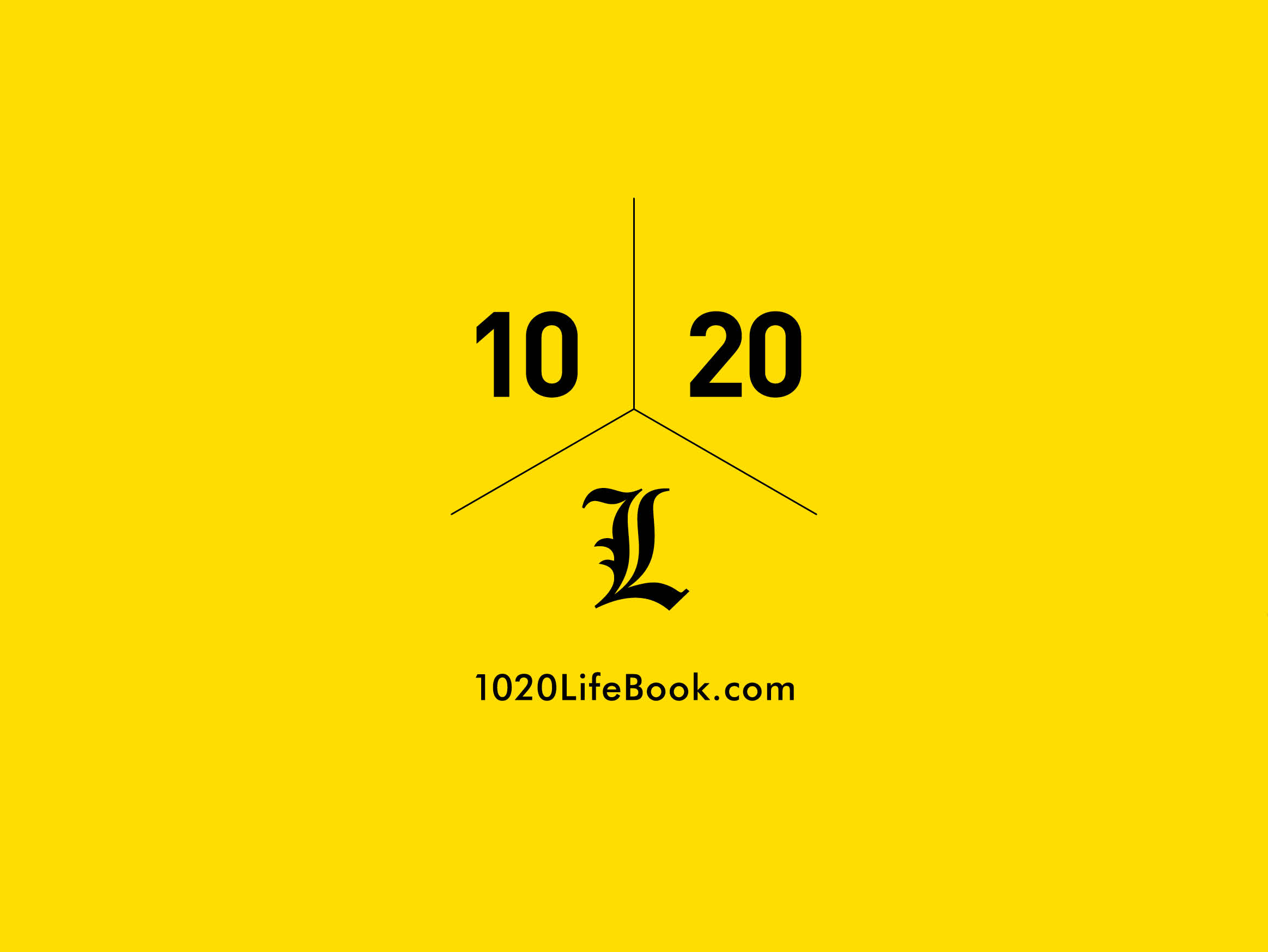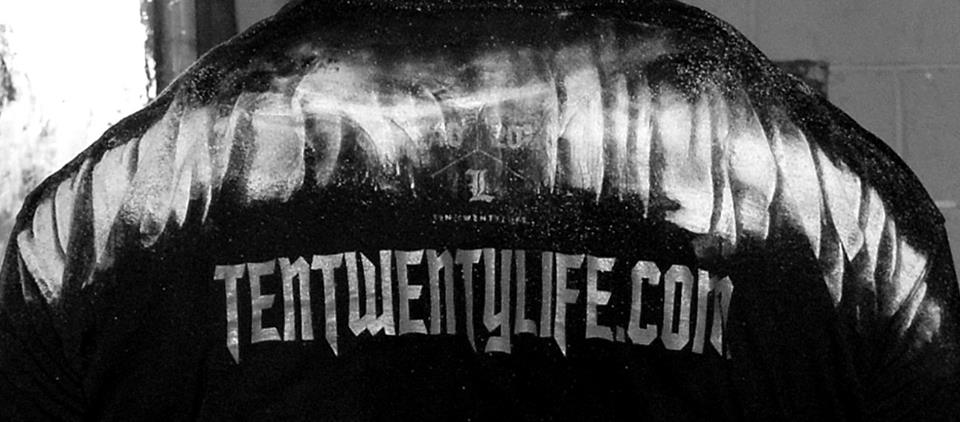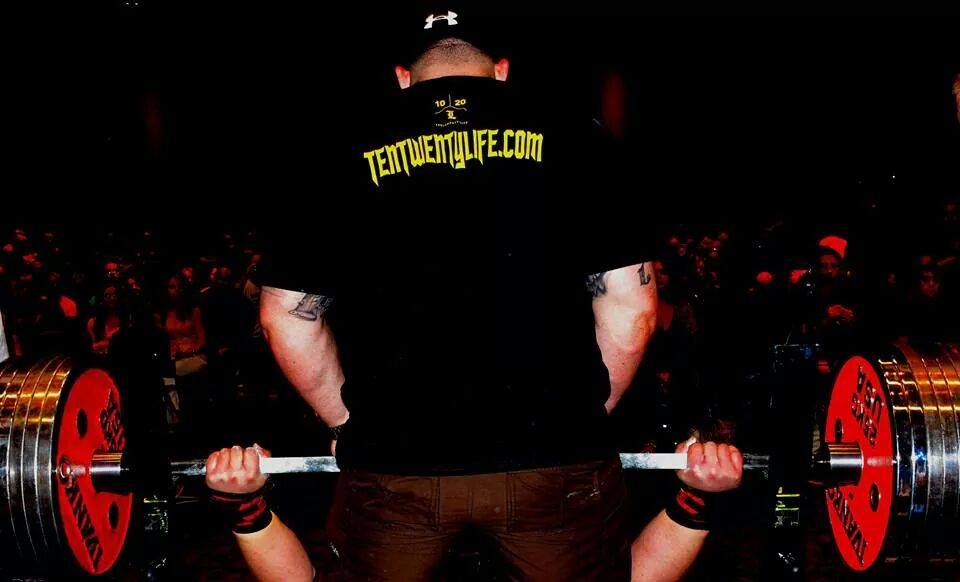
08 Apr You Don’t Need a Program. You Need a Coach.
By: Brian Carroll
Solid programming is as important as hell. I’d never deny that in a million years. If you jump around from program to program, listening to all the bullshit you read on social media all day long, you’ll go nowhere. You’ll never hear me downplay the importance of getting involved with the right program for you as long as it addresses your individual needs.
There’s a distinction here that you might not have considered, however, and that’s the difference between programming and coaching.
Coaching is more important than programming. This probably isn’t what you’re being led to believe by all the internet warrior coaches out there, but it’s reality. That guru you’re listening to may be putting you on the best program ever devised, but it’s great coaching that’s going to save that program from going bad—and save you from spending months chasing after a bad training cycle that won’t get you stronger.
Learning To Coach Yourself
Obviously, not everyone has access to world-class coaching all the time. We can’t all train in facilities alongside a crew of great athletes, guided by coaches with decades of experience. That would be the ideal situation, but for most people, it simply isn’t going to happen. Life gets in the way of our “perfect world” scenarios, and nobody understands that better than I do.
With 10/20/Life, my objective is to teach you to get the results you want by coaching yourself—the same way a superior coach would take you through an individualized program in a great gym.
We start out with a thorough examination of your weak points, because that’s how quality coaching works. The idea is to show you what to program, and when, based on your weaknesses in the squat, bench press, and deadlift. This sounds simple, but it’s something most people don’t even consider, much less put into practice.
From there, the 10/20/Life system takes you through the best injury-preventative warm-up in the industry, followed by a comprehensive layout of coaching cues for each individual lift. From start to finish, you’ll learn what to look for and what to do, and you’ll learn the reasoning behind all of it. By the time you’re finished working your way through these materials, you’ll be able to coach yourself, and others, like a pro.
Experience Counts
I’m a coach. I’ve been doing this for years, and I’ve coached athletes to both world records and competitive titles on multiple occasions. The key to all of this is to learn how to coach and program for yourself by looking at everything through a coach’s eye.
 Cookie cutter programs can work for a while without having a good coach at your disposal, but for how long? Eight weeks? Twelve? Then what?
Cookie cutter programs can work for a while without having a good coach at your disposal, but for how long? Eight weeks? Twelve? Then what?
Most people get on a program, see some success, then run into dead-ends—and when their progress stalls out, they have no idea where to go, because they don’t know how to think like coaches, they don’t know how to make adjustments, and they inevitably fail to make things any better because they don’t understand the process. If you’re in this situation, you know the feeling of jumping from program to program and running into problem after problem.
With 10/20/Life, the foundation of my system is custom work for your training goals. It would have been very easy for me to just outline the cycles that have helped me improve my lifts and get stronger. I could have simply listed my workouts, given you some technique tips, then called it a day.
Instead, this system helps you figure out where you’re weak, then teaches you how to strengthen those weaknesses, because that’s how you get stronger. It’s what’s worked for me for well over a decade, and it’s what works for all the athletes I coach.
For example, if you’re weak out of the bottom of your squat, there’s a way to attack the problem that cookie-cutter programs don’t address. In 10/20/Life, I address every possible weak point, and I give you a specific way to program your training in order to turn that weakness into a strength. In fact, instead of simply telling you to “do this” if you have an issue, I give you multiple methods for getting the job done.
That’s not programming, and it’s not cookie-cutter internet nonsense. It’s coaching—real coaching—and that’s the 10/20/Life difference.
Brian Carroll
Latest posts by Brian Carroll (see all)
- Quick Rant: Core Exercises - July 26, 2024
- Physical Therapy Fails for Back Pain - July 25, 2024
- Quick Rant: Physical Therapists - July 19, 2024







Sorry, the comment form is closed at this time.